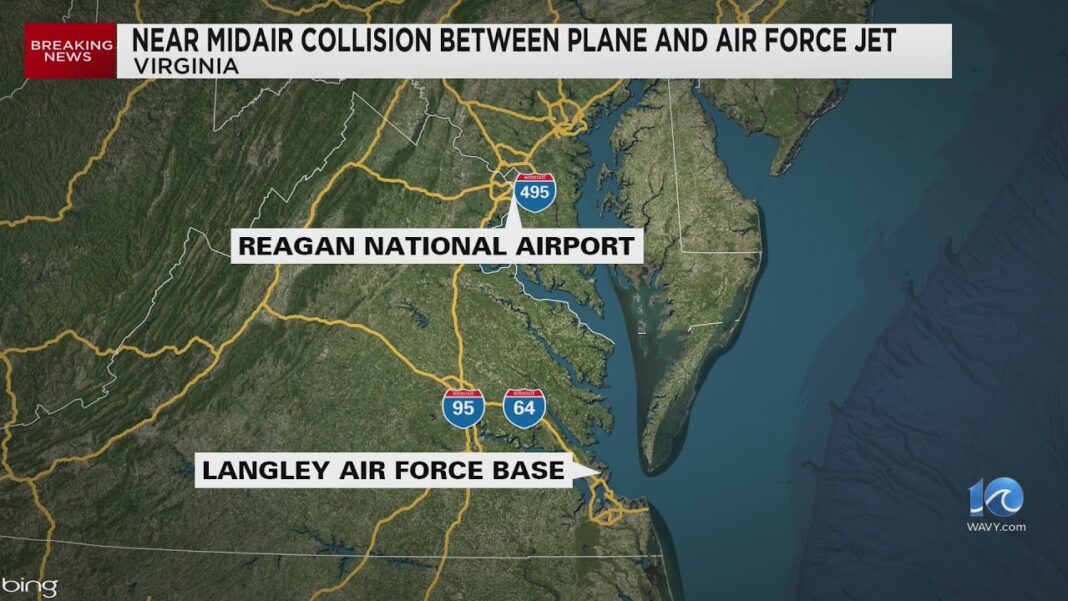Gazans’ rare protests against Hamas, which is known to be ruthless in its suppression of dissent, were motivated by fear of losing their land, analysts say.
News Analysis
Israel, resuming the fight against Hamas terrorists to free the hostages taken during the Oct. 7, 2023, attack, is stepping up the pressure with the threat of land seizures.
It is a tactic that could work, according to some Israeli military strategists who suggest it could already be a driving force behind hundreds of Gazans risking their lives in unprecedented demonstrations against Hamas.
On March 25, Israeli Defense Minister Israel Katz threatened “the taking of territory” that would go along with “taking out militants and terror infrastructure until [Hamas’s] complete surrender.”
Israeli Prime Minister Benjamin Netanyahu reiterated the threat the following day during a hearing in Knesset, the Israeli Parliament.
“The more Hamas continues in its refusal to release our hostages, the more powerful the repression we exert will be,” he said. “This includes seizing territory, and it includes other things.”
Hamas has controlled Gaza since 2006.
The Israeli Defense Forces (IDF) taking and holding land would have multiple effects, strategists say.
Militarily, they suggest the IDF’s decision not to hold territory during the first 15 months of the war, following Hamas’s Oct. 7 attack, may have left the terrorist group more intact than it otherwise would have been.
This time around, the IDF, if it keeps up the offensive, plans to do it differently.
Politically, the threat pressures Hamas to come back to the negotiating table by pressuring Gaza’s residents.
Suddenly plunged back into fighting after two months of relative peace, they now not only face evacuating once again, as most have done numerous times, but this time with the dark prospect that they might not be able to return home, possibly permanently.
A faction in Netanyahu’s cabinet has advocated for renewed Jewish settlement in Gaza. Few think that will ever come to pass.






